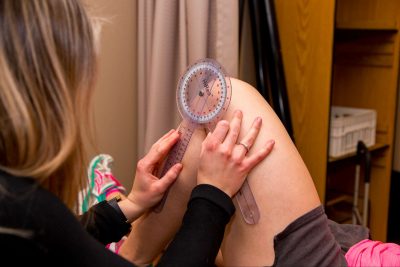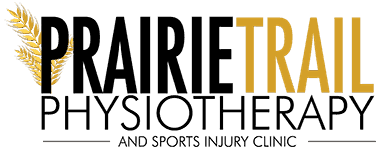
There’s a popular saying that running isn’t good for your knees. Many people believe that running leads to osteoarthritis, but that’s not actually the care. Those who complain about their knees after running have what’s called “runner’s knee”, a very common form of repetitive strain injury.
Runners Knee is a creative term given to the condition known as patellofemoral pain. Patellofemoral pain happens when your femur (thighbone) and patella (kneecap) don’t work together properly and cause pain and inflammation.
Usually, your kneecap slides in a groove towards the end of your thighbone as you take a stride forward while running. But when you have a runner’s knee, your thighbone twists slightly with your knees turned in. This twisting may lead to your thighbone pushing sideways against your kneecap, meaning it won’t slide into the groove smoothly.
The result? You experience pain after running.
Pain In Your Knees After Running
According to many doctors, patellofemoral pain means you’re overloading your kneecap. You’re pressuring the kneecap to do more than what it is capable of.
Apart from patellofemoral pain, you may also experience knee pain after running due to the iliotibial band or IBT. This band consists of fibrous connective tissues that run from your hips to the side of your knees. Poor running form may tighten tissues against your thighbone and make the problem worse.
Solution To Prevent Knee Pain After Running
Although painkillers may temporarily relieve the pain, it’s not the long-term solution for Runner’s Knee. Instead, doctors recommend physiotherapy for this and other sports-related injuries. Additionally, you should ice the affected area and rest for a few days.
Those who believe that running bad for the knees suggest various physiotherapy exercises to deal with the problem. Here are a few stretching and strengthening exercises that cure this issue permanently.
1. Standing quad stretch
Investing in six weeks in physiotherapy may alleviate the symptoms of a runner’s knee. Start with a standing quad stretch where you stand upright and reach behind your body to grab your leg.
Raise your leg at the same time. Hold the wall to maintain your balance. Once you grab one leg, move to the next one. Make sure you hold your leg for at least fifteen seconds before changing.
2. Standing calf stretch
Face the wall and put your arms on it. Make sure your hands are at eye level. Keep your feet flat on the ground. Move one leg forward at a time as you push the wall. Try to bend your legs slightly inward while leaning onto the wall until you feel your calf muscle stretching. Hold your position for at least 15 to 20 seconds.
3. Step-up
You need a box step for this one or can use your home’s staircase if you don’t have a box step. Place your right leg on the step and raise your left leg in the air. Hold the position for a few seconds. Repeat the same thing with your other leg.
Physiotherapists and doctors agree that physiotherapy is the best cure for runners’ knee and other sports-related or repetitive strain injuries. Professional and high-quality physiotherapy treatments ensure that your kneecap and thighbone work properly so you can get back to running and other forms of exercise without pain.
